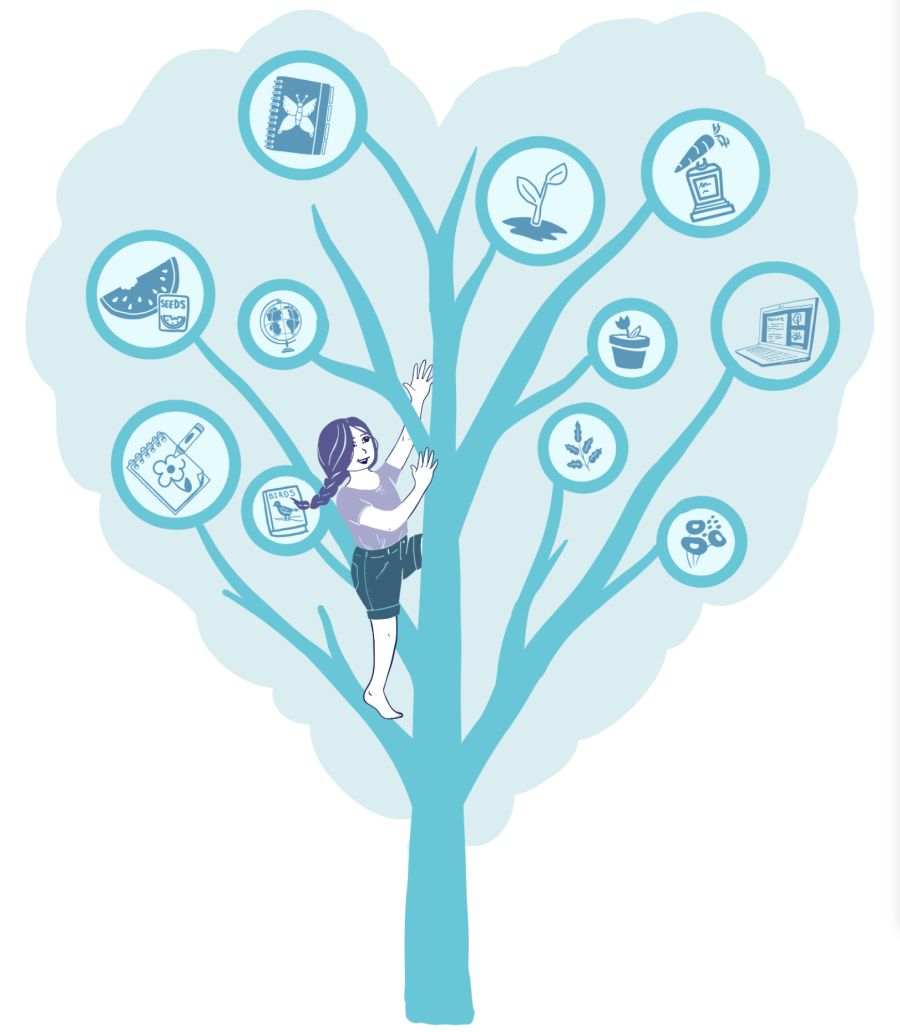
AuDHD, no it's not a typo...
Did we mis-spell ADHD in the title of this blog? Not at all! AuDHD is a lovable nickname for a very specific neurotype. Prior to 2013, it was believed to be impossible to have both Autism Spectrum Disorder (ASD) and Attention Deficit Hyper-active Disorder (ADHD) which led to a lot of people being misdiagnosed or dismissed and left undiagnosed altogether. Though this special blend of neurodivergence is still incredibly new, there is a push to recognize AuDHD not just as two co-occurring conditions but as its own unique neurotype.
Since it is hard to find information directly related to traits specific to those with AuDHD, we decided to ask the internet via an AuDHD subReddit. Below is a list we compiled based on the answers we received directly from those with this neurotype. (The information from this list has been crowdsourced and should only be used for educational purposes and should NOT be used as a tool for diagnosis.)
- Tends to crave routine and stability, but lack the executive functioning to do so.
- Tends to crave familiarity while also having a deep need for novelty.
- Tends to enjoy making lists and plans only to throw them out the window when it comes time to implement them.
- Tends to have a multitude of ever-changing special interests.
- The ADHD can mask the ASD (and vise versa).
- Tends to have a deep desire to connect with other people while also knowing that social interaction can make them uncomfortable, anxious and drained.
- The ADHD and the ASD act like frenemies. They are either getting along and helping each other or they are actively working to sabotage one another.
- Tends to have “branching” or “dust cloud” thinking. One idea or thought branches off into a multitude of uncountable ideas in the same way a single step can kick up a cloud of swirling dust particles. This kind of thinking only makes the executive dysfunction more prominent as they can’t narrow down ideas because in the time it took them to cross one off the list ten more branches or dust particles appeared.
- Tends to be hyper aware of social cues, but only ones that their brains can identify as a pattern. Their ability to recognize and remember patterns can mask the ASD trait of difficulty understanding social cues and norms.
- Tends to either withdraw and zone out of conversations or get so excited or invested that they end up hijacking or dominating the conversation.
- Their heightened pattern recognition + their increased capacity for understanding + their slower processing speed (due to having more gray matter in the brain) = being able to “sense” and/or “know” things before they understand why.
- Tends to have a heightened sense of empathy.
- Tends to be very good at making analogies.
Annalyse Tanzos
Related Articles That Might
Interest You

Neurodivergent Special Interest

Coping Skill( CBT techniques and DBT techniques)
